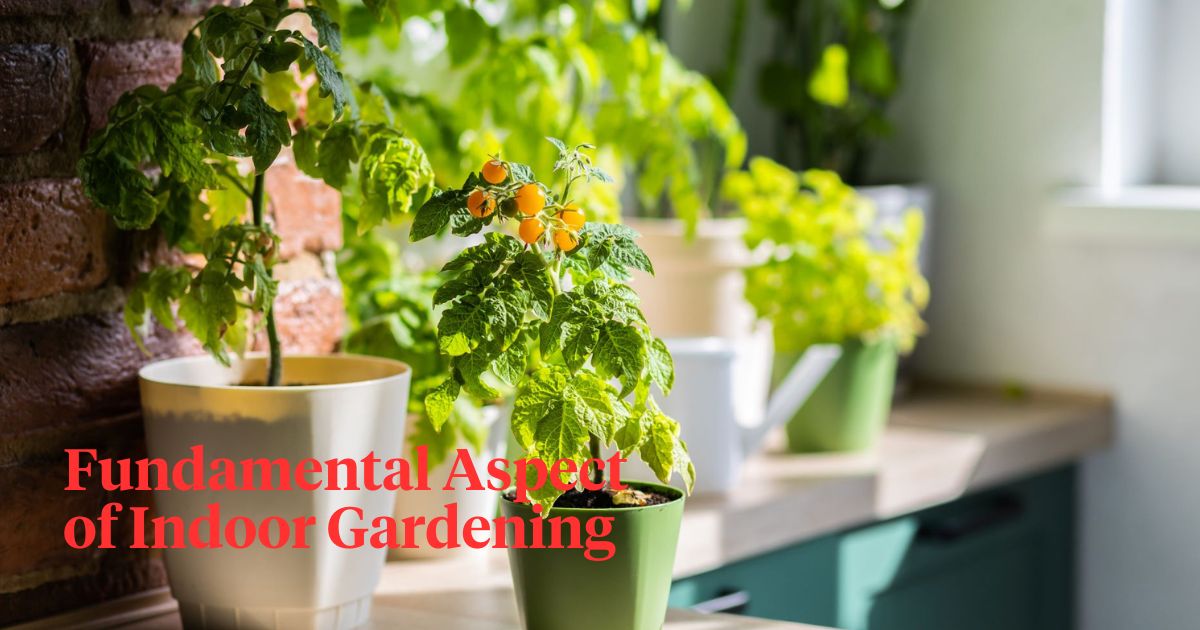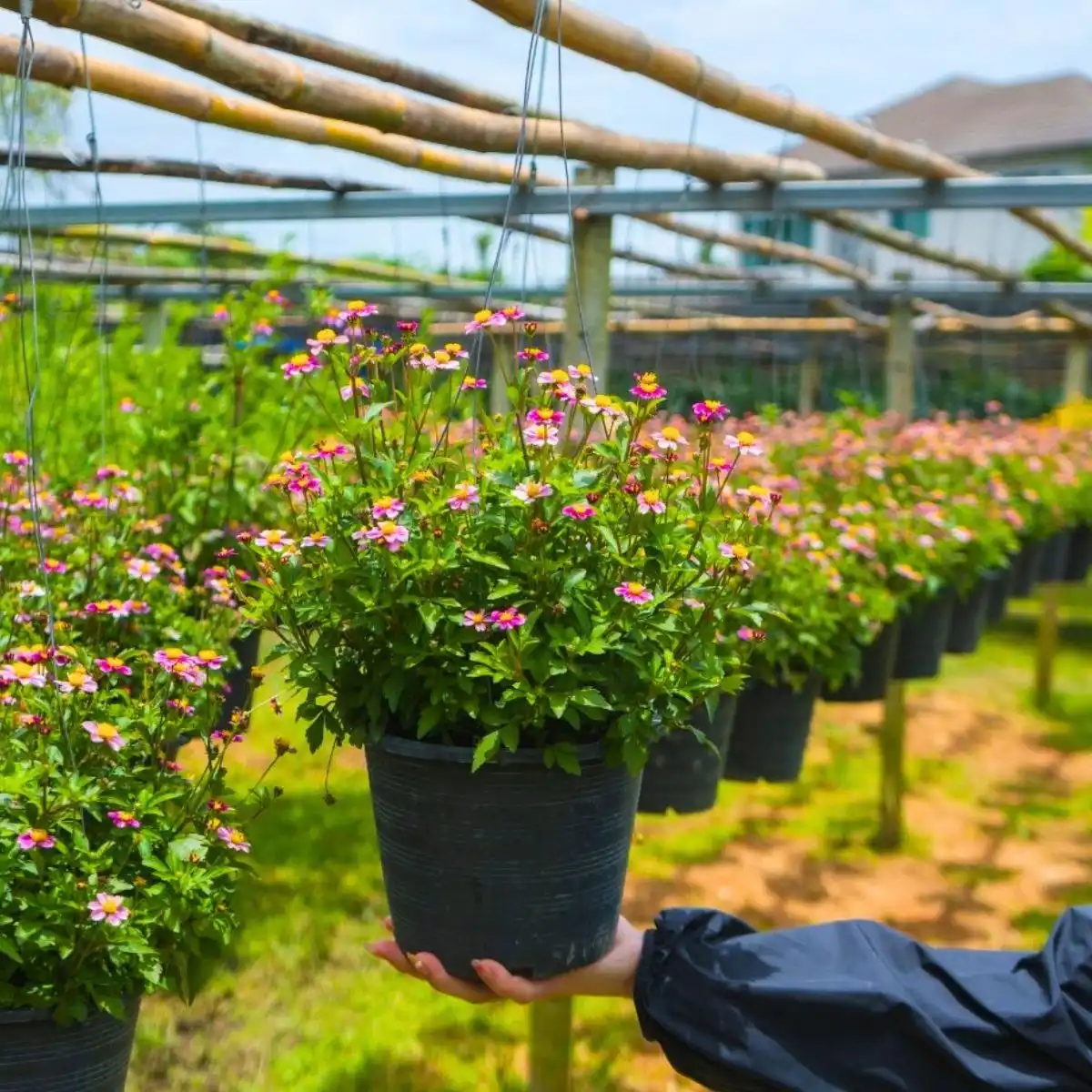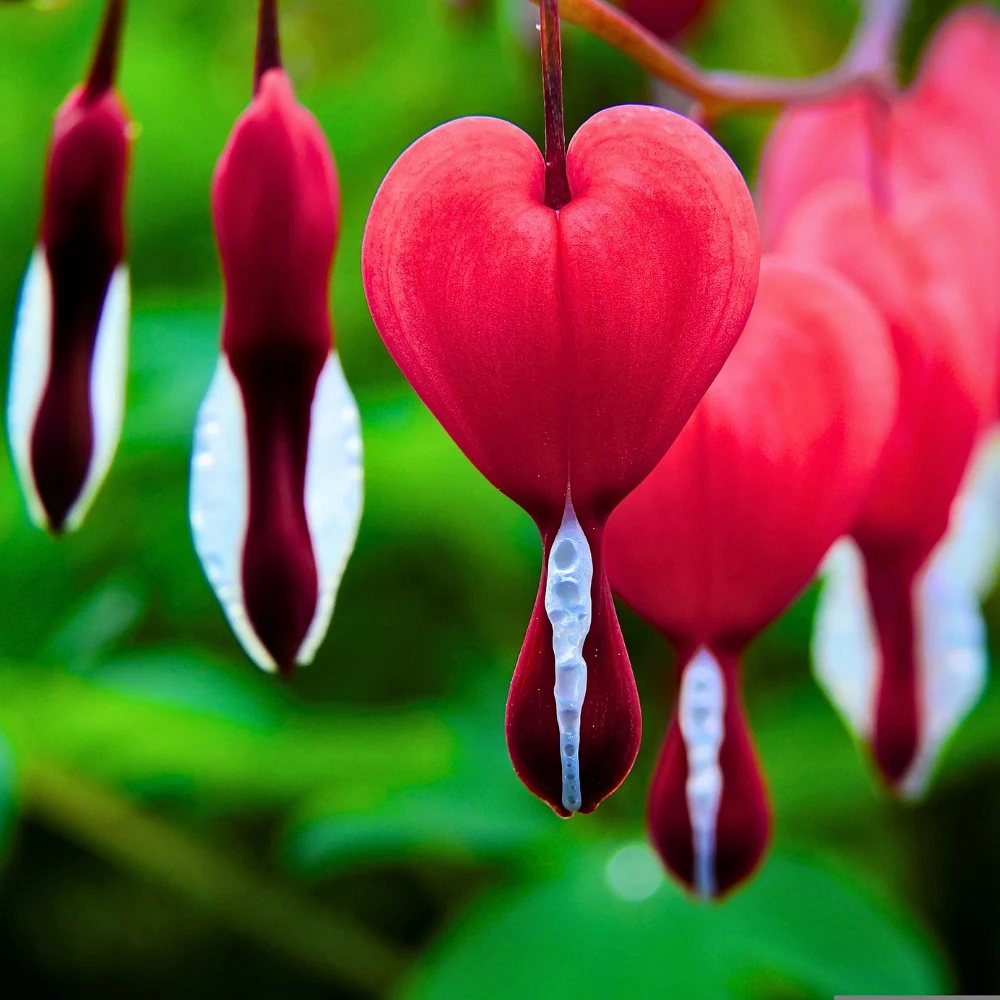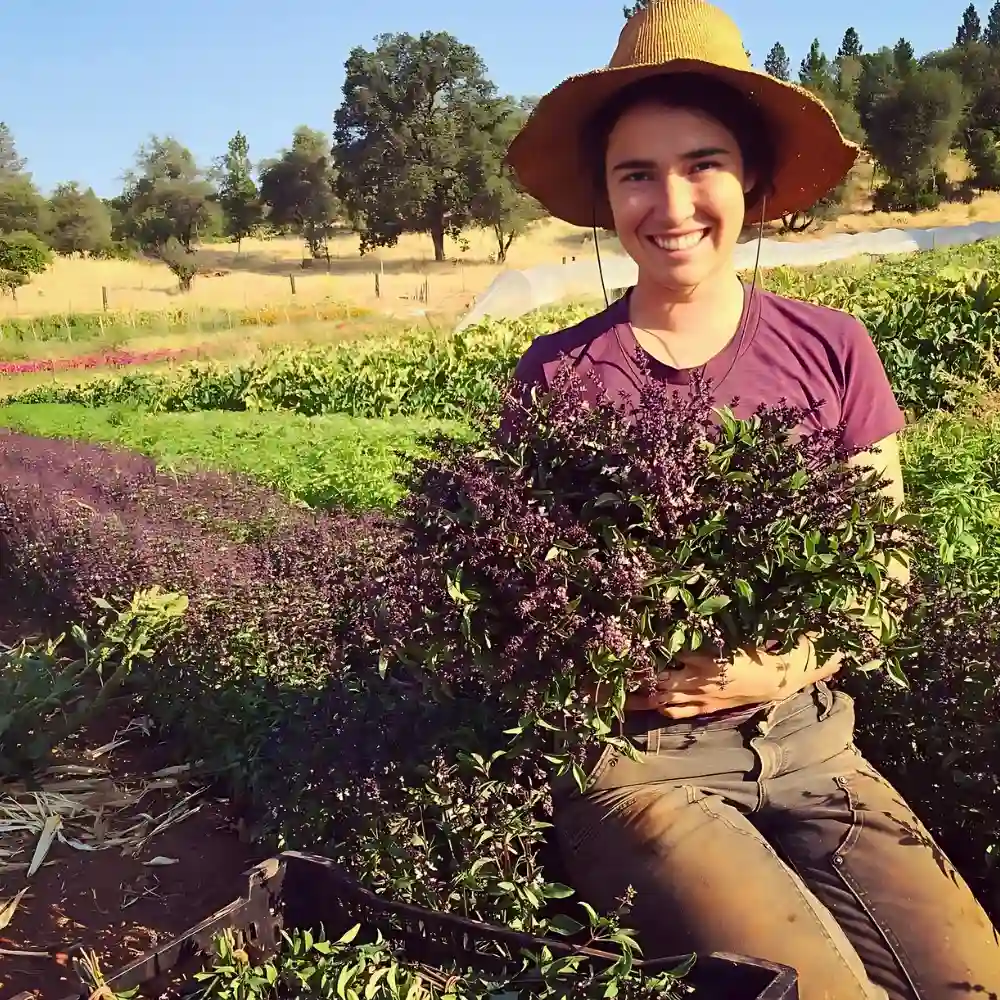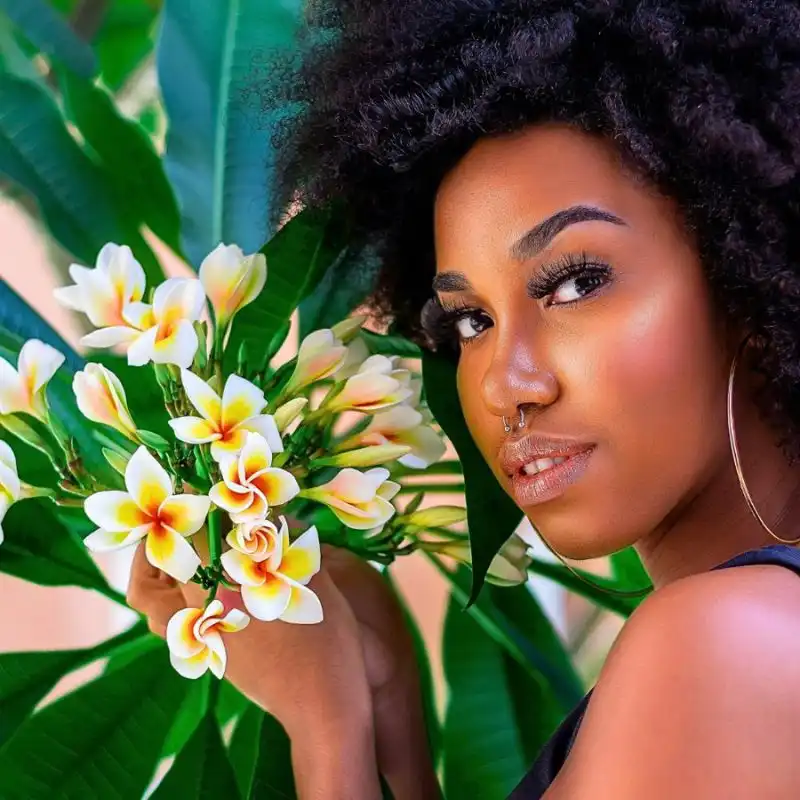Indoor edible gardens are becoming increasingly popular among many people who want fresh, home-grown produce year-round. Indoor gardening is more than a stylish fad; it improves your well-being, lessens your environmental impact, and reduces your grocery expenses. This guide covers everything from setting up your garden space to picking suitable plants and cultivating them for abundant yields.
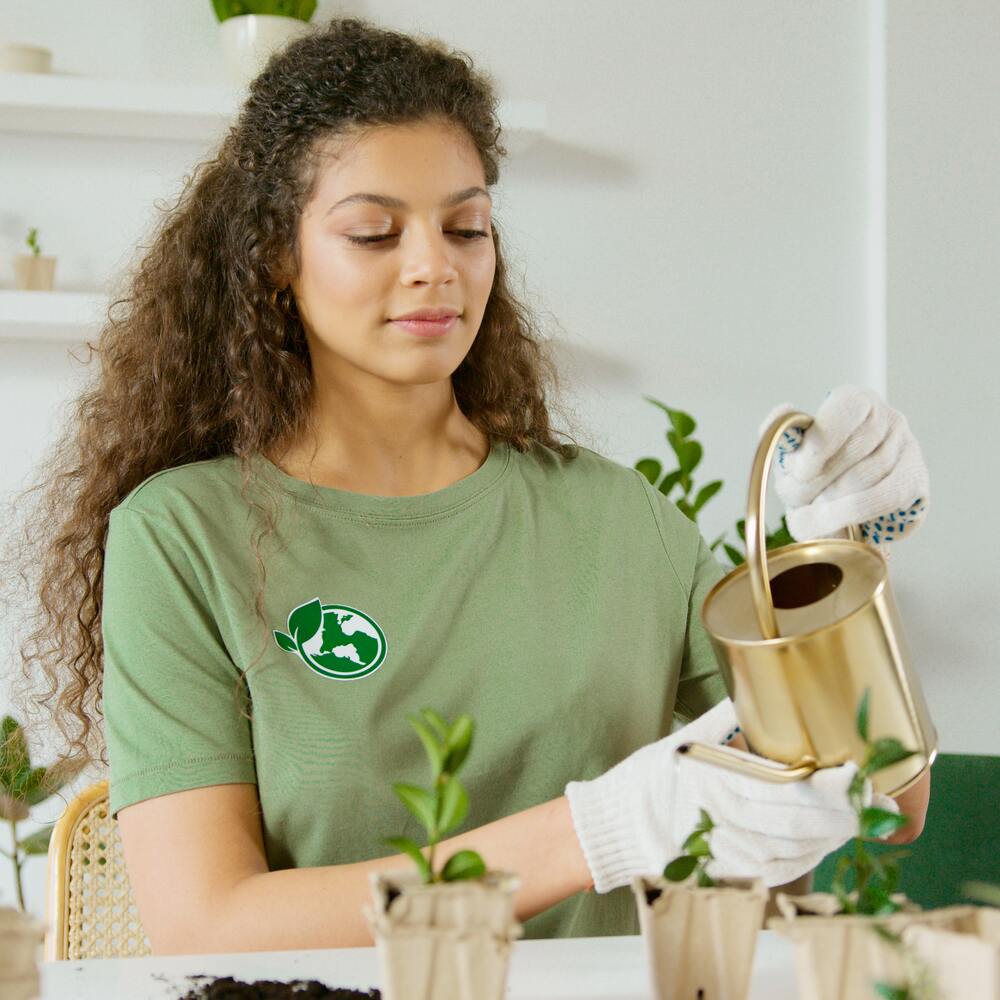
Preparing The Indoor Garden Area
Identifying the best spot for your indoor garden is the initial step toward success. Areas near windows will help you capitalize on natural light. In terms of square footage, you don't need a massive space; a corner in your living room or kitchen can suffice.
Investing in sturdy shelves and tables is vital for accommodating your plants. Other essentials on your list should be gardening gloves, watering cans, and a compact vacuum for quick cleanups. Place your plants away from home appliances to minimize the risk of electrical issues. This will also help prevent soil messes.
Drainage is another fundamental aspect of indoor gardening. Choose planters with drainage holes, or get creative and make your own. The aim is to prevent water from stagnating, which leads to root rot.
Select The Ideal Plants For Your Indoor Garden
Each type of edible plant has its own specific needs and benefits. Matching these to your indoor conditions is vital. Consider these viable options as examples:
- Herbs: Basil, mint, and oregano are perfect for indoor conditions because they have modest space and light needs. Additionally, they offer the bonus of making your home smell wonderful.
- Lettuce: It’s adaptable to varying light conditions and grows relatively quickly. It's a great choice if you're eager to see speedy results.
- Kale: It’s a hardy plant that can tolerate lower light and cooler conditions than many other leafy greens. This is nutritious, serving as a wholesome dietary option.
- Tomato: With dwarf varieties available, tomatoes can be grown in pots and are perfect for spaces with high vertical availability. However, they need at least six hours of sunlight daily.
- Pepper: This plant is compact and well-suited for container gardening. It thrives in a warm environment with ample sun exposure and comes in various flavors, ranging from sweet to spicy.
- Spinach: It’s compact and requires minimal space. It’s also a high-yield plant, providing plenty of leaves for continual harvest.
- Strawberry: Strawberries adapt well to containers and hanging baskets. While they need ample light, the fruits they yield make the effort worthwhile.
- Lemon: Dwarf lemon trees can thrive indoors if given enough light, often through grow lights. These plants not only bear fruits but also serve as decorative elements.
- Fig: Indoor fig trees require more attention to detail, as they’re sensitive to changes in light and temperature. However, they yield unique fruits that are hard to find fresh in stores.
- Microgreens: These young vegetables are quick to grow and extremely nutrient-dense. You can harvest them within a couple of weeks, providing instant gratification.
Choose based on your available space, lighting conditions, and culinary preferences. Certain plants need more sunlight, while others require cooler temperatures. Always check the specific growth requirements when making your selection.
Also, keep in mind the possible allergies your housemates might have if you're living with other people. Some edible plants release pollen allergens that may cause discomfort to people with allergies.
Providing Optimal Growing Conditions
Proper lighting is the backbone of a successful indoor garden. Winters can be dark and gloomy, often requiring supplemental lighting. LED grow lights emit a full spectrum of light and produce minimal heat, making them a reliable choice.
Both temperature and moisture levels are crucial factors in the well-being of your indoor garden. Keep temperatures between 18 to 24°C for most plants. To tackle humidity, place a water tray near your plants or invest in a room humidifier.
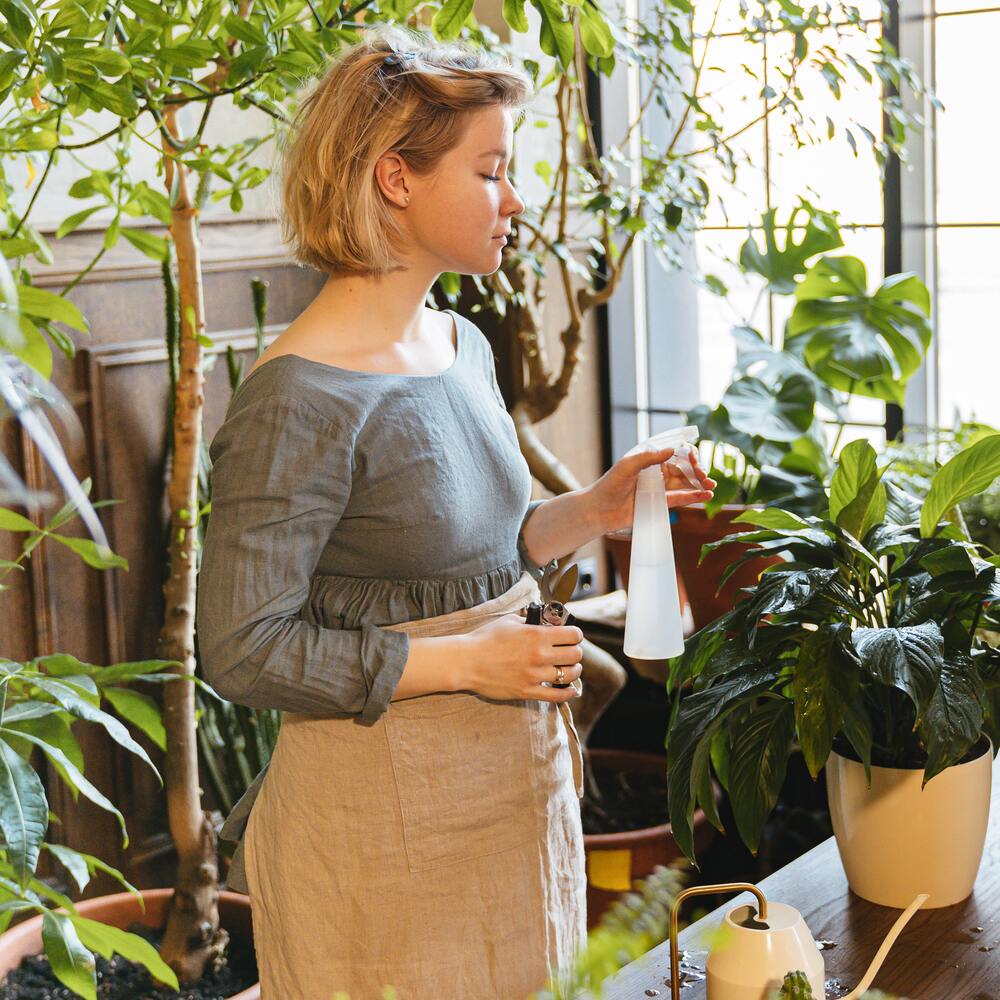
Watering And Feeding Indoor Plants
Too much or too little water can doom your plants. Watering indoor plants properly can feel like a balancing act. Invest in a soil moisture meter; it eliminates guesswork by telling you when your plants need water. Underwatering can lead to dry, wilted leaves, while overwatering may cause root rot.
Plant food is the next aspect to focus on. Organic choices such as compost or seaweed liquid fertilizer enrich the soil without introducing toxic substances. Follow the application directions to the letter to avoid nutrient imbalances.
Troubleshooting Common Issues
Even the best indoor gardeners face challenges. Pests are an obvious concern; aphids, spider mites, and even common houseflies can quickly become unwelcome tenants. Neem oil and insecticidal soap are safe, natural treatments that combat a wide range of these intruders while keeping your plants unharmed.
Keep an eye out for signs of fungal issues, particularly if your indoor space is humid. Mold and mildew can manifest on the surface of the soil or the leaves.
If you spot any of these signs, remove the affected portions immediately. For prevention, maintain good air circulation, perhaps by using a small fan to move the air around. Also, use a sterilized potting mix and clean planters to reduce the risk of fungal spores settling in your garden.
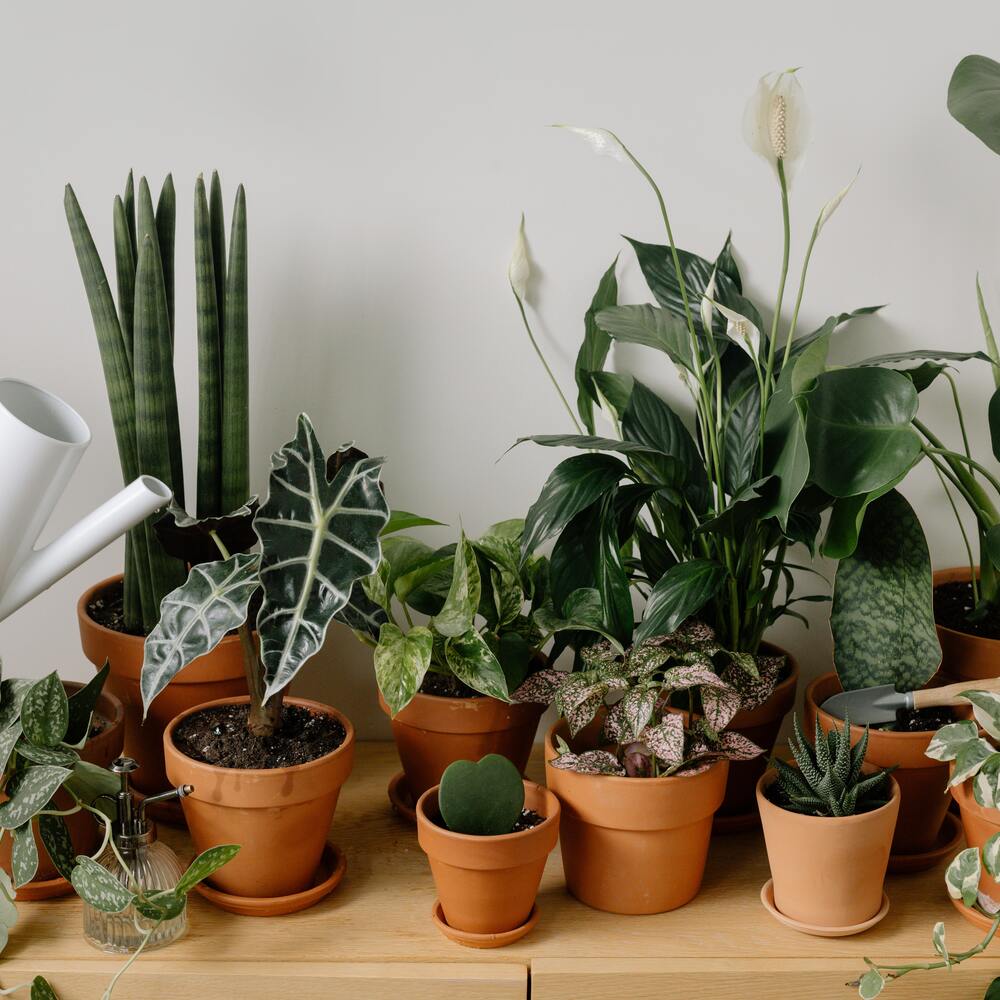
Harvesting And Maintenance
Timing matters when it comes to harvesting. When it's time to harvest your plants' produce, use appropriate methods to promote sustained growth. For leafy greens like lettuce and spinach, trim from the outer leaves first. For fruits like tomatoes and peppers, they're usually ready when they've reached their full color.
Consistent maintenance is a must. Frequent pruning, trimming, and repotting activities not only keep your plants healthy but also let you identify and address small issues early.
Additional Tips For First-Time Indoor Gardeners
Beginning with a modest assortment is wise for gardening novices. Tending to just a few plants initially lets you learn the ropes—covering watering, lighting, and pest management—which improves your odds of a successful garden. Once you're comfortable, you can expand your indoor edible garden one plant at a time, gaining more diverse and rewarding yields.
For newcomers to indoor gardening, research is indispensable. Numerous resources, from books and internet platforms to community gardening groups, offer valuable insights on specific plants you're interested in growing.
Conclusion
With an indoor edible garden, you gain the pleasure of cultivating your own food, healthier eating without pesticides, and a lifestyle that's kinder to the planet.
This guide has touched on each element, from choosing your garden location and plant types to optimal care routines to make your indoor gardening experience fruitful and enjoyable. Why not transform a corner of your home into a productive oasis today?

